
WILLIE STARGELL
A Life in Baseball
Frank Garland

McFarland & Company, Inc., Publishers
Jefferson, North Carolina, and London
LIBRARY OF CONGRESS CATALOGUING DATA ARE AVAILABLE
BRITISH LIBRARY CATALOGUING DATA ARE AVAILABLE
e-ISBN: 978-1-4766-0222-6
2013 Frank Garland. All rights reserved
No part of this book may be reproduced or transmitted in any form or by any means, electronic or mechanical, including photocopying or recording, or by any information storage and retrieval system, without permission in writing from the publisher.
Front cover: Willie unleashes his mighty swing, the one that propelled 475 balls beyond outeld walls throughout the major leagues and made him one of the games all-time great sluggers (photograph courtesy of the Pittsburgh Pirates)
McFarland & Company, Inc., Publishers
Box 611, Jefferson, North Carolina 28640
www.mcfarlandpub.com
This book is dedicated to the biggest inuences in my lifemy brother, James J. Garland, who instilled in me a love of sports that has only grown over time; my children, Frankie Garland and Gina Garland Wilde, whose caring nature and enthusiasm for life have buoyed me in trying times; my sisters, Tina Blem and Mary Mackay, who have provided emotional supportand the worlds best cookiesfor decades; and Larry Minner, the best boss who ever lived.
Preface
A TRIP TO THE National Baseball Hall of Fame is a must for any true fan of the sport. The need to immerse myself in baseball historyand to share that history with my then-18-year-old sonsent me in the direction of Cooperstown, New York, in the summer of 2005. That and the desire to nd an old pink house in West Saugerties, New York, where an under-the-radar rock ensemble known as The Band and a legend in hiding named Bob Dylan recorded some of the 20th centurys most memorable music. But thats a story for another time.
The Baseball Hall of Fame tour unleashed a torrent of memories of my own boyhood days, when I would idle away the morning hours throwing a tennis ball off our brick house and onto a gravel driveway and trying to eld the crazy caroms and unpredictable bounces that only those stones could generate. Afternoons were set aside for playing endless sessions of pickup baseball at Burkett School. Evenings were reserved for ofcial Robinson Township Little League games whereas a good-eld, no-hit second basemanI had an unquenchable thirst for gobbling up ground balls. My nights, meanwhile, were spent drifting off to sleep to the melodic tones of Bob Prince, Jack Buck and any other play-by-play voice I could coax out of my sleek, space-age Panasonic radio. Prince, with his unique gravelly voice and his penchant for catchy phrasesa bloop and a blast, bug on a rug, and spread some Chicken on the Hill with Will were just a few of thembrought Pittsburgh Pirates games to life for a young boy who couldnt make it out to Forbes Field and later Three Rivers Stadium often enough. Buck barked his call of St. Louis Cardinals games over a 50,000-watt blowtorch known as KMOX, which came in loud and clear at night in Pittsburghand, as it was in the Central Time Zone, right on cue to bring me the nal few innings after the Pirates had nished their nightly eastern time zone battle. Prince, Buck and the other voices werent just calling big-league baseball games on the radio for a livingthey were performers in an opera of sorts, played out in 162 acts over a six-month stretch that started with the promise of spring and ended with the chill of the autumn air. And the start of another school year.
No tour of the Hall of Fame could be complete without a quick stop in the gift shop or book store. It was there, on that August day in 2005, in that sea of books, that it dawned on me that the canon of baseball literature was missing a key elementa look at one of the greatest power hitters the game has ever seen. Yes, the store did have Willie Stargells autobiography, written with his friend and former Pittsburgh Pirates publicist Tom Bird. But the book was written in Stargells own voicehis life as he saw it. And while that certainly proved to be a captivating tale, I felt somewhat deprived, due not only to the reputation that Stargell had earned over the years as a slugger of Ruthian proportions (literally and guratively), but also to the picture of him as a wise and caring individual, someone who went out of his way to include others and make teammatesand even some members of the oppositionfeel like they were part of his family. Yes, I felt fortunate to read Stargells story through his own eyes, but I wondered how others saw the special sluggerhow did he inuence their careers and their lives? How did he cope with the overt racism that would rain on him during his rst years in professional baseball? How did he cope with the trappings of stardom and reconcile the glamorous life of a major league ballplayer with that of a husband and father? Was his reputation as the wise Pops, cultivated during a splendid 20-year career but cemented during a memorable and magical championship run at the advanced age of 39, warranted?
It was there, in that room full of books, that the idea for this adventure materialized. Over the next ve years, I would interview more than 80 peopleStargell family members, boyhood friends, teammates, opponents, coaches, managers, general managers, front-ofce co-workers and fansto help bring Willies story to life. It started with a conversation with former Pittsburgh Pirates owner Kevin McClatchy in the fall of 2007, just as he was leaving his post and making way for a new club regime to take over. McClatchy talked about how rewarding it was to help bring Stargell home in the fall of 1997back from a decade in Atlanta, where he had originally gone with Chuck Tanner to learn the coaching ropes with an eye toward one day succeeding Tanner as manager of the Braves. That plan zzled, but Stargell found a soft landing spot in the Braves front ofce, working to evaluate and tutor what was rapidly becoming a system stocked with young stars such as Chipper Jones, Ron Gant, Ryan Klesko and David Justice.
McClatchys interview led to another interview and another and another until nally Stargells story began to take shape. Conversations with boyhood pals such as Nick Cabral and Curt Motton and coaches like George Read helped paint a picture of Stargell as a teenager. Minor-league teammates Ron Brand, Bob Priddy and Dick Doepker recalled the young Stargell, struggling to catch popups at rst base and make contact at the plate, but every now and then ashing the power that would make him famous years after hed left the dusty elds of Texas and New Mexico. Fellow African American teammates such as Bob Veale and Preston Bruce Jr. recounted the horrid conditions minority players had to endure in the late 1950s and early 1960s while America wrestled with race issues that remain unsettled to this day. Big-league teammates such as Steve Blass and Gene Clines told tales of the Pirates of the early 70sstocked with Hall of Famers Roberto Clemente, Bill Mazeroski and Stargellwhile Phil Garner, Ed Ott, Tony Bartirome, Tanner and others brought to life the clubhouse that belonged to the We Are Fam-A-Lee Pirates of 1979. Others chimed in. Media members who observed Stargell at work on a daily basissome for more than a decadetalked about his approach and what he meant to the club. John Schuerholz critiqued Stargells work as an assistant in the Braves front ofce. It was no coincidence that the Braves unprecedented run of success began during Stargells tenure there. Cam Bonifay and McClatchy discussed what Stargell brought to the Pirates front ofce after he returned in the late 1990sa stint that likely would have continued had Stargell remained in good health.
Next page

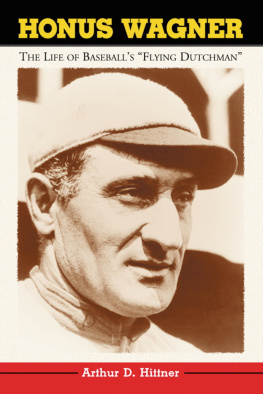

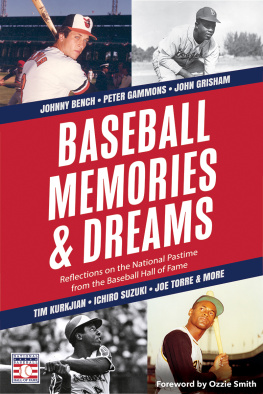
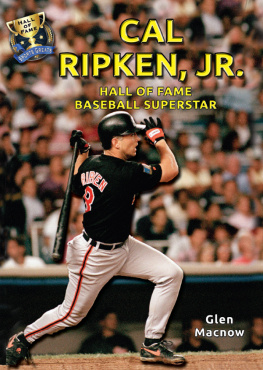

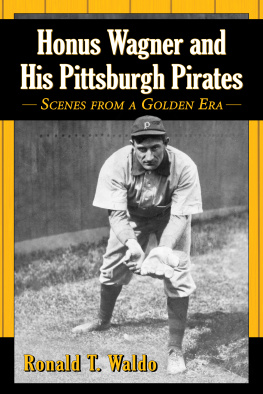

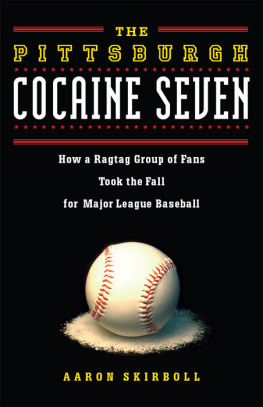
![Garland - Willie Stargell [eBook - Biblioboard]: A Life in Baseball](/uploads/posts/book/173641/thumbs/garland-willie-stargell-ebook-biblioboard-a.jpg)


